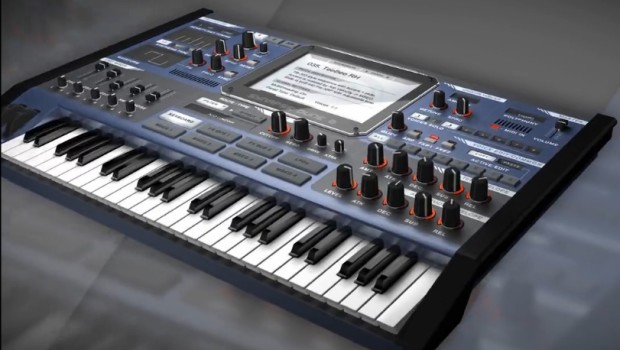Best Vst Plugins For Dubstep
Get the 200 best free VST plugins ever made. From synth VSTs and drum VSTs to VST effects, this huge list has only the best of the best plugins. The Best Free VST Instrument Plugins. Many of the most popular VST instruments, such as Massive or Omnisphere, come with a fairly high price tag.If you’re a music production beginner, you may not be ready to fork out hundreds of dollars on various production effects and plugins just yet, which is completely understandable.

- The list of top 20 best VST synth plugins are given below- 1. Xfer Serum Advanced Wavetable Synthesizer A relative newcomer to the scene, Xfer Serum has quickly settled itself as one of the transcendent VST synths accessible.
- Soundtoys Decapitator is the best VST plugin to recreate the feeling of analog gear. Decapitator features five different saturation models and works perfectly at both low and high settings. It can give tracks warmth, make specific elements more pronounced, thin things out, and much more.
- Well, having the right glitch VST plugins can add that extra edge you’ve been looking for! However, finding the right plugins for this can be a bit tricky, since there are a multitude of options available to you. So, to save you some time, we’ve put together the ultimate list of the best 15 Glitch VST Plugins on the market!
- The original NI Massive was arguably the best best VST plugin soft synth on the market for many years. With MASSIVE X, it’s newest version, you can expect some improvement on the industry standard. They have over 170 wavetable options available. And the plugin gives you two different oscillators so you can layer your sound within the plugin.
Dubstep Plugins
Glitch machine vst free. There is some confusion in the beginner music production community between a VST and an Application. Program files steinberg vst plugins. I have often heard people referring to applications as VSTs and I have seen people trying to run a VST as a stand-alone application.
Dubstep Vst Plugin
The easiest way to understand the difference is to realize that a VST is a plug in that extends the functionality of an application by adding more features. The confusion usually arises from the manner in which a VST appears. A VST will be displayed as a separate window when run, which often gives the impression that it’s its own application, however it can not run on its own. An example of a VST, in the form of a Dubstep specialized VST, can be found here https://www.produbstepcreator.com/the-best-dubstep-vst/
I like to think of it as a metaphor for actual hardware. An application such as Cubase or Logic are like a software version of a standard recording studio, they have all the little bits of hardware you need to record and sequence as well as some basic general effects and drum machines. If you want to add extra functionality you must go out and purchase more hardware and connect it to the existing studio, this is exactly what a VST is, it’s additional hardware but in the form of a software plugin.
There is some confusion in the beginner music production community between a VST and an Application. I have often heard people referring to applications as VSTs and I have seen people trying to run a VST as a stand-alone application.
The easiest way to understand the difference is to realize that a VST is a plug in that extends the functionality of an application by adding more features. The confusion usually arises from the manner in which a VST appears. A VST will be displayed as a separate window when run, which often gives the impression that it’s its own application, however it can not run on its own. An example of a VST, in the form of a Dubstep specialized VST, can be found here https://www.produbstepcreator.com/the-best-dubstep-vst/
I like to think of it as a metaphor for actual hardware. An application such as Cubase or Logic are like a software version of a standard recording studio, they have all the little bits of hardware you need to record and sequence as well as some basic general effects and drum machines. If you want to add extra functionality you must go out and purchase more hardware and connect it to the existing studio, this is exactly what a VST is, it’s additional hardware but in the form of a software plugin.